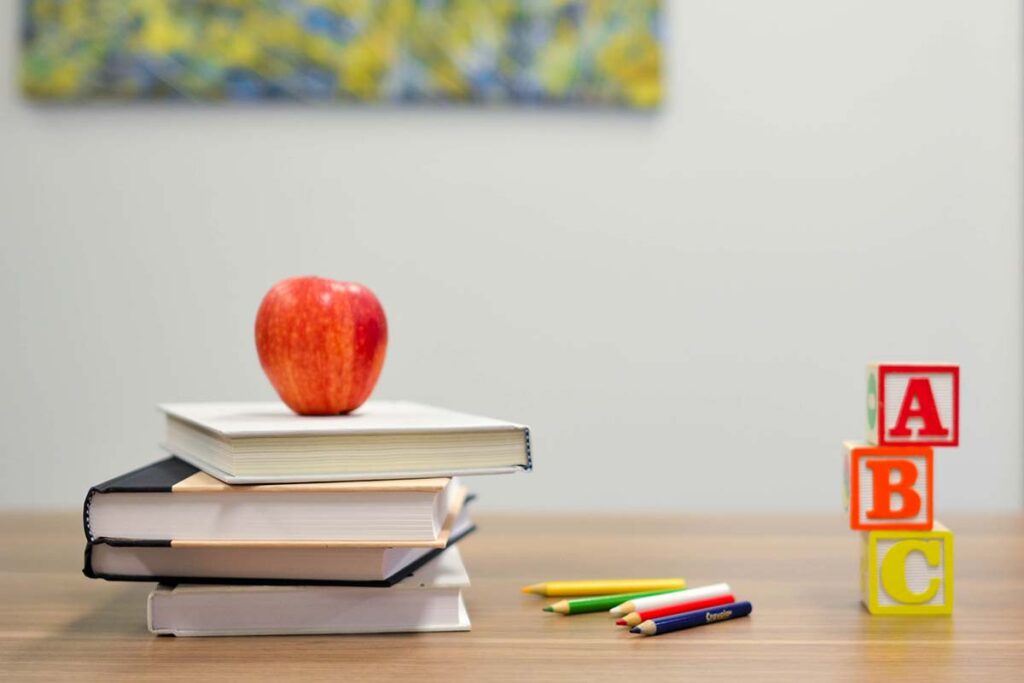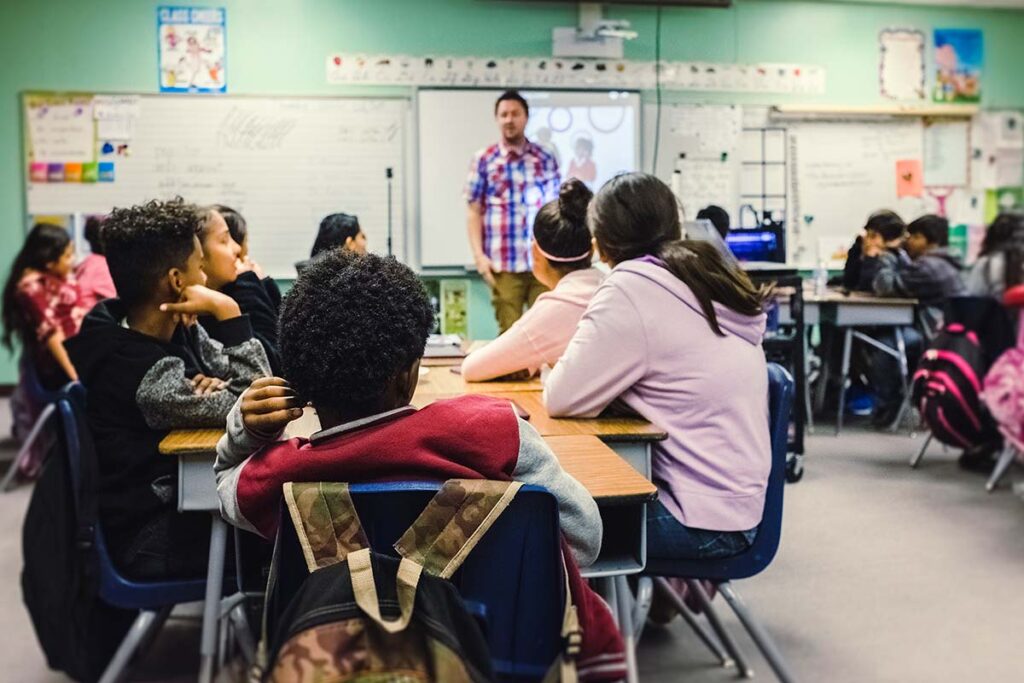Around 80% of school-aged kids (K-12) are either bored with school or don’t like school. This shows that schools need to find ways to create an effective learning environment to keep students excited about showing up for class.

Being a good teacher is not enough, there are ways to develop a successful culture in the classroom that will lead to engaging students. We have a few tips to help you develop a positive learning environment that will have students and parents talking about how much they love your school.
Create A Sense Of Order
Most students like structure, so it is up to the teacher to provide clear academic expectations from the first day of class. Students need to know what is expected from them at all times. Make sure that teachers implement teaching effective procedures for the practical tasks that are performed in the classroom every day.
For example, teachers should have students learn how to:
- Distribute and collect materials each day
- Enter class and become engaged in the activity for the day
- Arrange their desks for different purposes such as collaborative learning, direct instruction, circles for class discussions, etc.
- Get the teacher’s attention without disrupting the entire classroom
For instance, teachers can guide students on transitioning smoothly between activities to maximize learning time. When preparing for the 11+ exam, exploring csse past papers can help students practice effectively while maintaining a structured approach to their studies. Creating a daily routine incorporating quiet reading or reflection time can also help students feel grounded and focused.
Setting up these expectations from the very beginning will avoid confusion and will create that sense of order that students appreciate.
Have Teachers Greet Students
It is a smart move to have teachers greet their students at the door every day. In fact, studies have shown that greeting students at the door with a positive message leads to a 27% increase in academic engagement. Having teachers at the door will help teach students to learn how to make eye contact with grownups, and it will teach them the importance of making a verbal greeting.
Teachers can also add a handshake, high five, or fist pump, depending on the age group. This small gesture will give students positive human contact during their time at school.
Another pro about having teachers greet students is that if the student was uncooperative or disruptive the previous day, this gives both the teacher and student the opportunity to check in and get the day started with a clean slate.
Classroom Arrangement
Engaged students are also correlated with arranging your classroom effectively. Believe it or not school and education furniture are important to ensure that your students are comfortable while they are learning.
The primary concern when arranging your room is safety because the last thing you need is students tripping and getting hurt due to a poor classroom arrangement. If your class requires having the latest MacBook Pro computers or any other expensive equipment you want to make sure that you think about how to set these up without the computers causing a tripping hazard.
Classrooms should also promote reflective learning because this will help students develop critical thinking and analysis skills. You can create separate workspaces, reflection time spaces, and journaling sections to promote reflective learning on a daily basis.

Projects That Excite
Teachers need to come up with projects that will excite students. A great example is creating a class book. This project can get students excited about writing because they will see their names along with their work in print once you put the book together.
A class book is a way to have young writers build their skills in writing while at the same time building their writing confidence. This project will also promote teamwork and encourage creativity.
Hold teacher meetings where teachers brainstorm project ideas that will be conducive to learning and will encourage students to engage and participate with excitement.
Students Should Know Their Teachers
Most students don’t do well when they feel their teachers are not relatable or human. Students will always come into a classroom with a preconceived perception of teachers until the teacher breaks this barrier.
Encourage teachers in your school to allow their students to get to know them. A great icebreaker is for teachers to give students a quiz on the first day of class with questions about the teacher.
The quiz can consist of questions such as:
- Do I have kids of my own?
- Where did I grow up?
- What do I do for fun?
- What other jobs have I worked in?
Teachers can get creative and create a slideshow where they share the answers to the quiz questions along with pictures to give student’s a visual of who will be teaching them for the year. This interactive quiz will come a long way because it will humanize your teachers which will keep students from building a wall and not taking in the information that is being taught to them.
Avoid Judging
It is imperative to have the entire school faculty on the same page when it comes to judging students. Students come from all walks of life and different cultures. If a student feels like they are being judged or labeled this will cause them to not trust the person judging them.
Although it can be easy to judge a student that picks on others or won’t do their assignments, judging them keeps them from engaging. It can also be used as a cup for teachers to feel that there is nothing they can do for the student.
Teaching teachers ways to not judge or label is key to creating an effective learning environment. Instead of judging students, teachers need to ask why this behavior is happening. When the underlying reason is discovered it will lead to dealing with that situation directly and, in turn, it can help turn around the student’s behavior proactively.
Ready To Create An Effective Learning Environment In Your School?
Now that you have the top tips to create an effective learning environment it is time to take action and make your school stand out from others. Schools truly have the opportunity to make a real difference in a young person’s life.
When children and teenagers are engaged in school, the chances of having a successful life after senior year are higher.
Check out the rest of this section for our latest guides and tips.
Featured photo by CDC on Unsplash.



